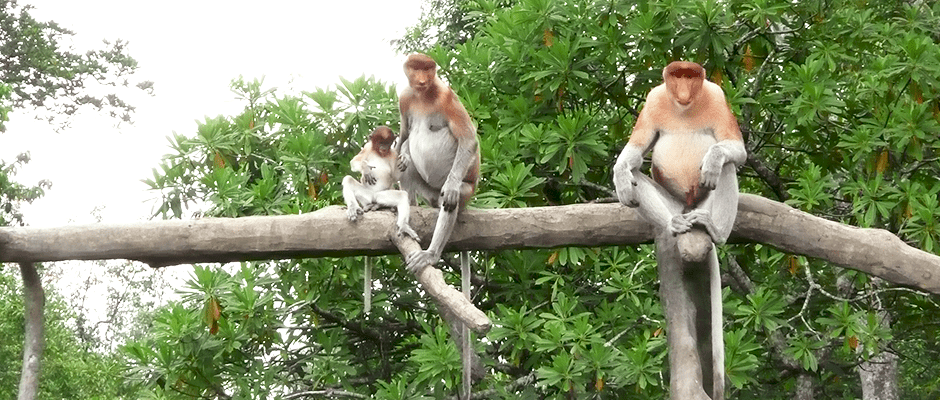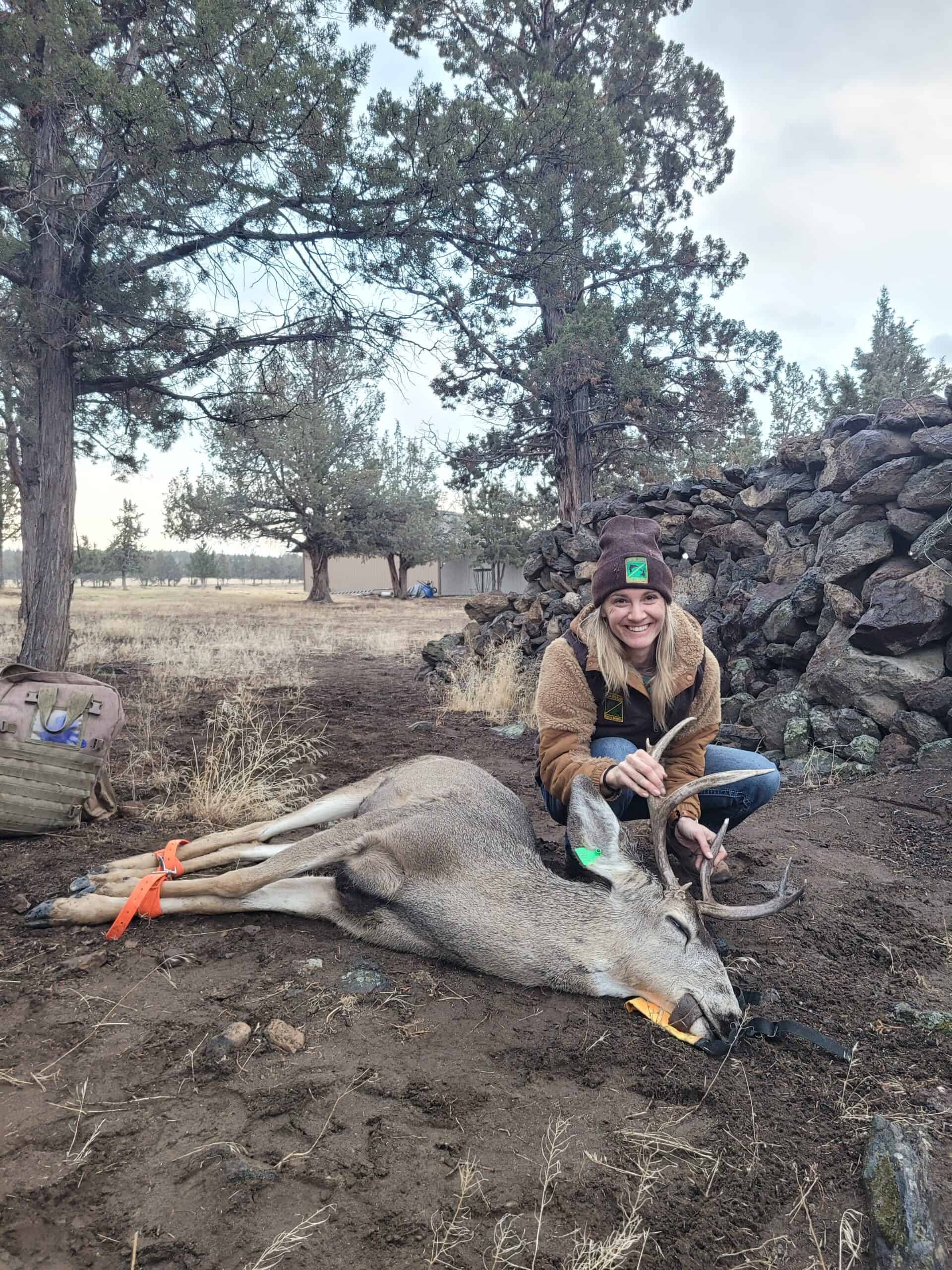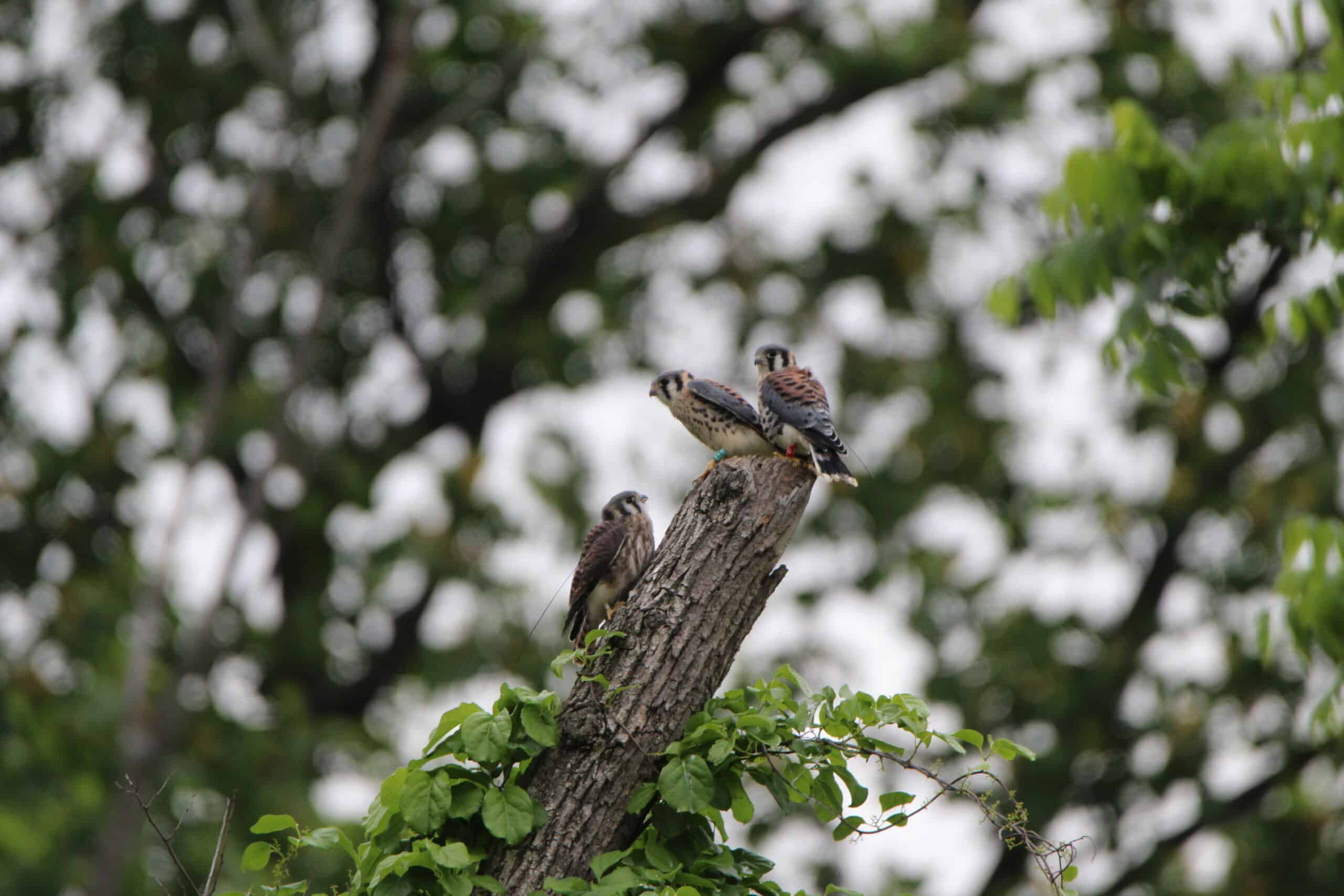Share this article
To save species, less deforested landscapes need more focus
To benefit wildlife the most, conservation efforts are better spent limiting deforestation in intact forests than tackling areas where deforestation has already occurred, a new global modeling study suggests.
“If you can slow deforestation rates in places just now experiencing rapid deforestation that previously had intact forest,” said Matthew Betts, lead author on the study published in Nature, “that’s the biggest bang for your buck, wildlife conservation-wise.”
A professor at Oregon State University’s College of Forestry, Betts led the institution’s Forest Biodiversity Research Network in a global-scale investigation of forest loss’ potentially adverse effect on species’ conservation status.
Contrary to the prevalent notion that gravely disturbed forests warranted more concern, Betts said, his team found much greater support for protecting forests that faced new incursions of deforestation.
Recent estimates suggest the world’s forests are vanishing at a rate of up to 2 percent per year, especially in tropical regions, and almost two-fifths of the planet’s forest cover has been converted for human use. Meanwhile, a third of all wildlife species are classified as near-threatened, vulnerable, threatened, endangered or critically endangered on the International Union for Conservation of Nature’s Red List of Threatened Species.
Using forest loss data from previous research and species information from the Red List, Betts’ team observed a direct correlation between the amount of forest lost and wildlife populations declining. Wanting results relevant to managers on the ground, he took his inquiry further.
“If we think about slowing rates of forest loss in parts of the world, would it be better in landscapes that have a ton of forest, are relatively intact and might experience severe initial impacts of deforestation, or would deforestation be worse in places that have already lost a bit of forest, pushing species over thresholds?” he asked.
He found that in already deforested areas, the more sensitive species have disappeared, leaving behind more resilient species less in need of conservation. “Whereas in intact landscapes,” Betts said, “you’ve got sensitive species that haven’t been hit yet.”
The finding is most applicable to tropical forests, like those in Borneo, the central Amazon and the Congo basin, he said, because they contain high numbers of threatened species and face pressures from bush meat hunters who often follow logging roads in search of new hunting grounds.
“These would be great places to implement forest conservation measures that reduce rates of forest loss or pressures associated with forest loss — creative solutions that work with local people and ultimately result in species conservation,” he said.
Header Image: Proboscis monkeys lounge in the Bornean rainforest. ©Bill Barclay








